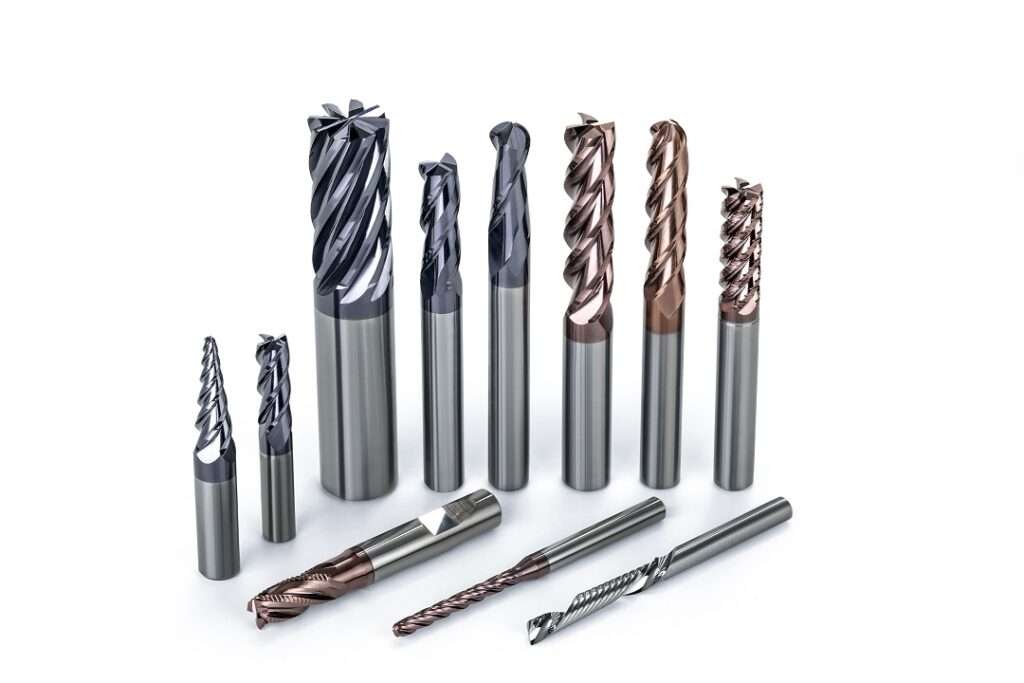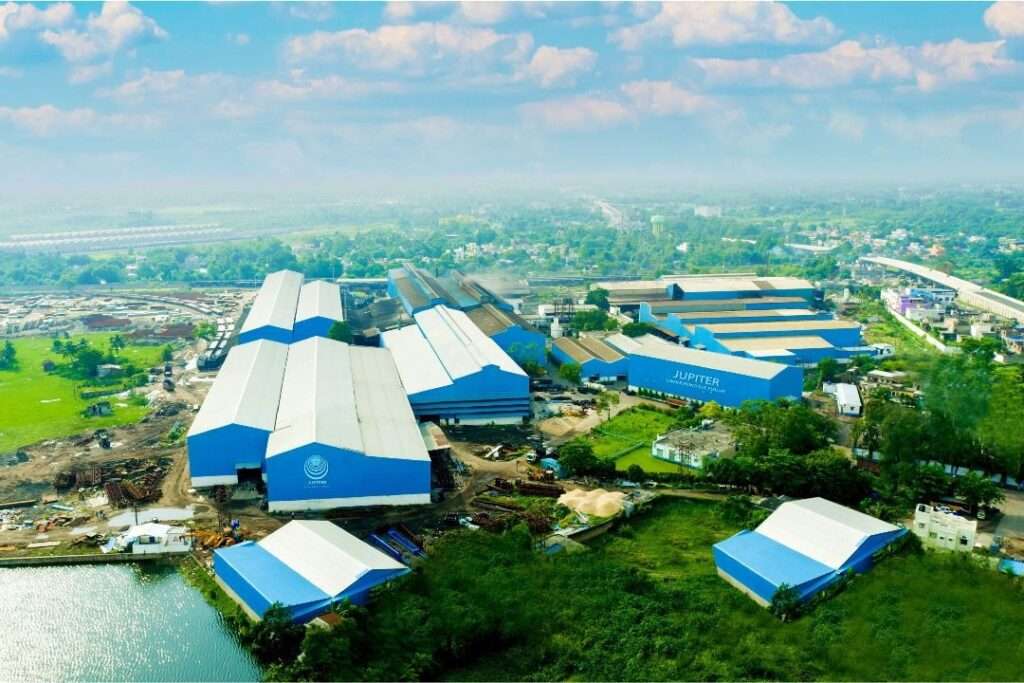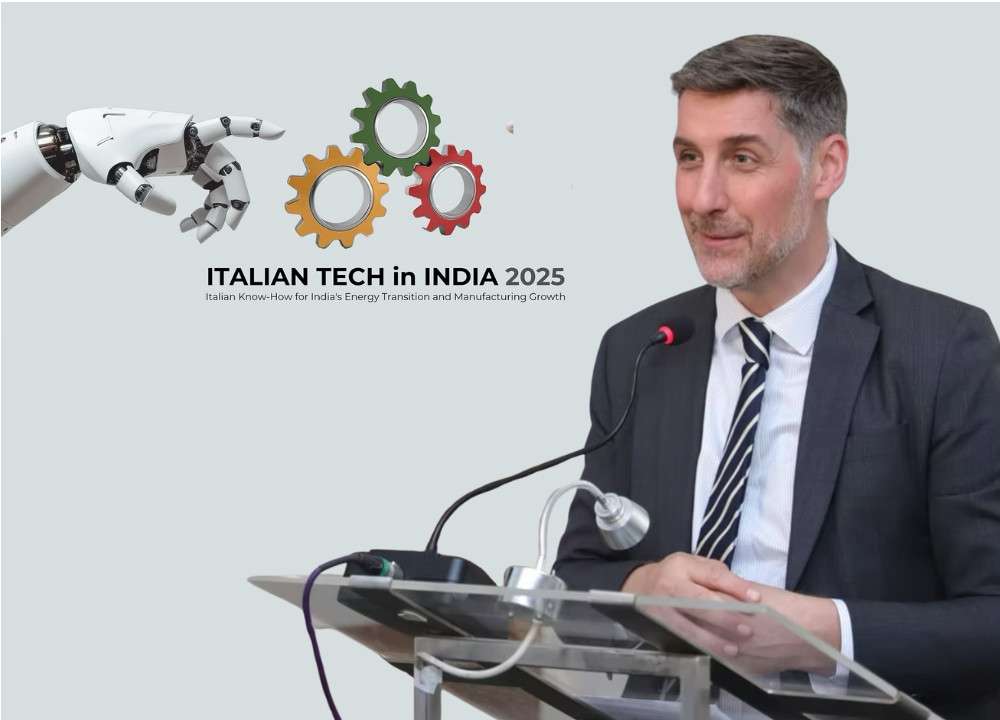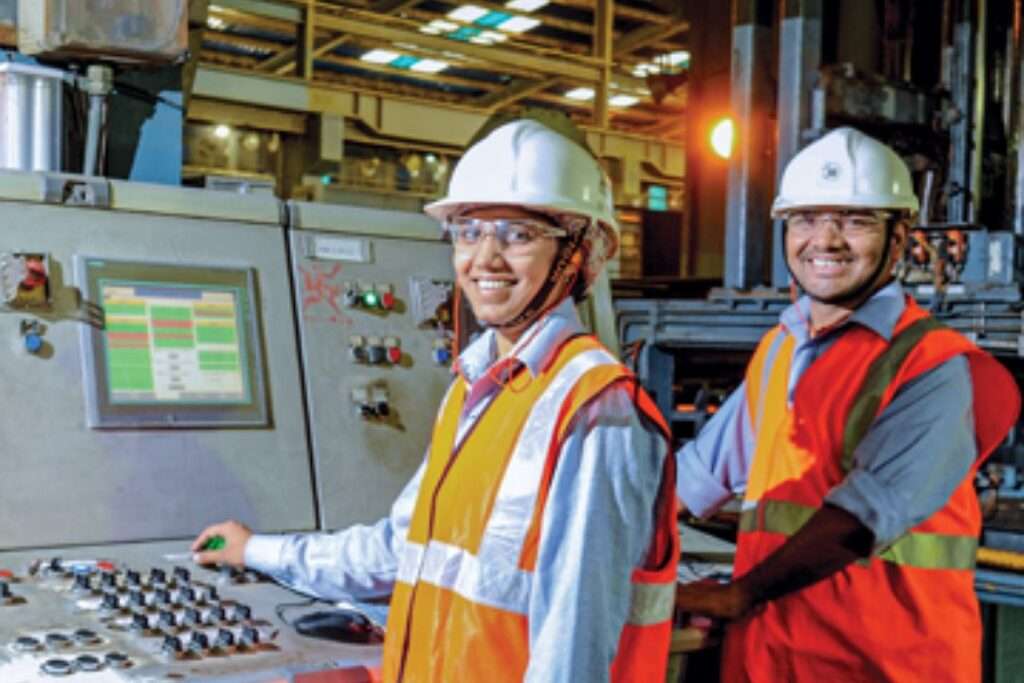In March 2025, Taipei transformed into the global capital of manufacturing innovation as it hosted the 30th edition of TIMTOS (Taipei International Machine Tool Show). Organized by the Taiwan External Trade Development Council (TAITRA), this year’s edition was more than just an exhibition—it was a confluence of ideas, technology, and partnerships. As India’s leading media platform focused on manufacturing, Machine Maker was on the ground to capture the spirit of this remarkable event, exploring Taiwan’s machine tool dominance, its integration of AI, and the country’s growing synergy with Indian industry.
TIMTOS 2025 commenced with a powerful inauguration ceremony at the Taipei Nangang Exhibition Center, marking the 30th edition of this globally recognized machine tool exhibition. Dr Ching-te Lai, President of the Republic of China (Taiwan), delivered the keynote address as the Chief Guest, showcasing Taiwan’s growing leadership in precision engineering and advanced manufacturing. “TIMTOS is a symbol of Taiwan’s resilience and commitment to global collaboration,” President Lai stated, receiving a standing ovation from the packed audience of industry leaders, policymakers, and international delegates.
James CF Huang, Chairman of TAITRA, emphasized the evolving role of machine tools in shaping future industries. “Innovation cannot happen with technology alone—it needs people, passion, and purpose. AI and automation are only enablers. It is our responsibility to drive their positive impact,” he said, highlighting how TIMTOS has been a global platform for 50 years, with 30 editions fostering meaningful partnerships. David Chuang, Chairman of TAMI (Taiwan Association of Machinery Industry), and Raymond Greene, Director of the American Institute in Taiwan, also addressed the gathering, expressing optimism about cross-border cooperation and Taiwan’s growing footprint in global manufacturing. The ceremony set the tone for a week of groundbreaking showcases and strategic collaboration.

At the heart of TIMTOS lies TAITRA, Taiwan’s semi-governmental trade promotion body with over 60 international branch offices. According to Emma Yang, TAITRA’s Manager of Exhibitions, who previously headed their Mumbai office, TAITRA’s role is to promote Taiwanese exports and facilitate international B2B trade partnerships. “We don’t focus on attracting investment into Taiwan—that’s the domain of our economic division,” she explains. “Our job is to bring global buyers to Taiwan and connect them with our industries, particularly through exhibitions like TIMTOS.”
Labor Shortage and the Rise of AI
One of the most pressing themes at TIMTOS 2025 was the global labor shortage. Emma shared how even the exhibition’s shuttle service had to reduce frequency, not because of a lack of buses, but a lack of drivers. “It’s the same story in factories,” she said. “Young people want to become YouTubers, not machinists.”
This is where Artificial Intelligence (AI) becomes relevant and essential. Emma argued that AI is about performing the tasks people no longer want. “The question isn’t whether AI will take your job. Most of the jobs AI is doing now are ones people are walking away from.” One skilled person can now manage dozens of machines, enabled by automation and smart interfaces.
Taiwan has remained nimble despite global debates around AI regulation, especially in Europe. While older generations are hesitant due to costs, the second generation, many educated abroad, embraces AI. “I’ve seen many Taiwanese business owners sending their children overseas to learn AI so they can modernize operations back home,” Emma noted. “This shift is bringing younger talent into the manufacturing fold.”
India, like Taiwan, is also facing the same generational transition. Companies that embrace AI and automation are the ones preparing themselves for tomorrow. AI is enabling them to build smarter industries.
The Chinese Competition and Taiwanese Strategy
The discussion inevitably touched on the elephant in the room—China’s dominance in manufacturing. Emma didn’t shy away from the reality. “Many Taiwanese companies had factories in Mainland China. But if your know-how is easy to learn, the local employees will absorb it, quit, and start a similar business. It’s already happened.”
Taiwan now competes with Chinese manufacturers who offer similar machines at up to 60% lower prices, largely due to government subsidies and a vast domestic market. “We can’t match them on price,” Emma admitted. “But we compete on precision, quality, and innovation.” Despite these challenges, Taiwan continues to export to China, particularly in high-end and niche segments. According to Emma, the Taiwanese Machine Tool Association maintains strong data and industry relationships with Mainland China, allowing for careful navigation of this competitive landscape.

Strategic Acquisitions and Global Expansion
Taiwanese companies are also growing through smart acquisitions, notably through groups like Fair Friend Group (FFG) and HIWIN Technologies. As Emma Yang observed, FFG doesn’t micromanage its acquisitions. “They give the local teams independence. These companies continue to operate as they were before, only now under the FFG banner,” she explained. “The goal isn’t to control them, but to enhance their capabilities and support the group’s overall growth.”
Each acquisition is made after careful consideration, whether for its design capabilities, R&D strength, or specific technological assets. This selective and respectful integration enables FFG to expand globally without disrupting the acquired firms’ core identity or operational strengths—a rare and strategic trait uncommon among global players.
Another exemplary case is HIWIN, a Taiwanese powerhouse in linear motion technologies. Emma recalled how HIWIN has established its R&D base in Israel, leveraging Israel’s strong talent pool and language fluency for both innovation and international marketing. “They even use their Israeli team to manage outreach in the U.S. market, because of their strength in communication and tech,” she said. This isn’t just smart global positioning—it’s about maximizing the strengths of each region to build a truly borderless innovation strategy.
India and Taiwan: An Emerging Alliance
When asked about TAITRA’s Global Buyer Program, Emma Yang offered valuable insight into how the initiative works. “I’ve managed this process both as a branch office director abroad and as part of the organizing team at headquarters, so I’ve seen it from both sides,” she shared. The Taiwanese government partially subsidises the program, allowing TAITRA, as a semi-government, non-profit trade promotion organization, to extend invitations to qualified international buyers.
She explained that TAITRA works through its global network of over 60 branch offices, which identify and invite buyers based on strict eligibility criteria. “We look at factors like turnover, import volume, and alignment with what Taiwan’s industry can offer. Buyers must register in our system, and we evaluate whether they meet our qualifications. If they do, we arrange B2B meetings and sourcing sessions at exhibitions like TIMTOS.”
Collaboration with local associations, such as the Indian Machine Tool Manufacturers’ Association and the Automotive Component Manufacturers’ Association, is possible and encouraged. “We often contact associations in countries like India to co-organize delegations. We share our criteria and ask how many of their members would be interested. Then we work together to facilitate the buyer visits—but planning must begin well in advance, often several months before the show,” Emma said. She also noted that the available budget is key in how many buyers can be supported, and branch offices worldwide compete for that limited allocation.
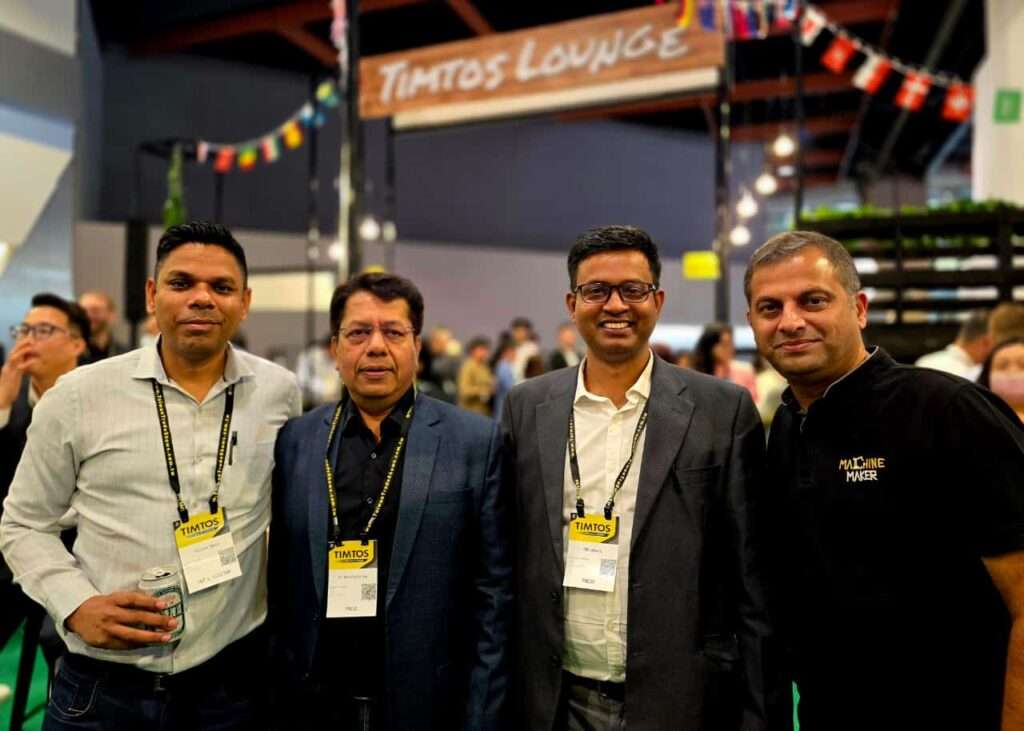
Emma also emphasized the importance of understanding the Indian buyer mindset, which was shaped by her four years working in Mumbai. “In India, many manufacturers are also importers—a dual role uncommon in Taiwan. I had to explain this to our headquarters so they could evaluate Indian companies properly. Many Indian machine tool builders source components and structures from Taiwan, then assemble them for domestic or global delivery.”
Reflecting on Taiwan’s strengths, she added, “The capabilities and options available here in Taiwan are excellent. But to connect the right buyers, we must understand the markets we serve.” Emma shared how, upon returning from India, TAITRA’s then-new Chairman (former Foreign Minister of Taiwan) was so impressed with India’s potential that he asked her to establish an India Center within TAITRA. “It began with India,” she said, “but we eventually expanded our focus to South Asia, including Pakistan, Nepal, and Sri Lanka—regions with growing trade relevance for Taiwan.”
The TIMTOS Experience

With over 1,000 exhibitors, TIMTOS 2025 showcased next-gen manufacturing technologies, from green machining and e-mobility to AI-powered CNC systems. The show’s keynote and forums featured global leaders delving into themes like digital transformation and smart factories.
Guided tours for the international media allowed deeper engagement. Delegates visited companies like FEMCO, Palmary, YCM, Vision Wide, HIWIN, and SYNTEC, each representing the finest Taiwanese precision and innovation. Emma, who coordinated several of these initiatives, highlighted how such tours are not just about promotion but about building lasting relationships.
As I walked through the bustling halls of TIMTOS 2025, what struck me most was the technology and the vision. Taiwan—a small island facing one of the most significant global powers—is proving that resilience, innovation, and collaboration can overcome any challenge. As I often say, “Until people are challenged, the best doesn’t come out of them.” Taiwan exemplifies this spirit.
With its talent, scale, and hunger, India is ready to meet Taiwan halfway. What started as a sourcing relationship slowly became a co-creation of machines, systems, and a shared future. Platforms like TIMTOS, backed by TAITRA’s foresight, are the catalysts making it happen.



